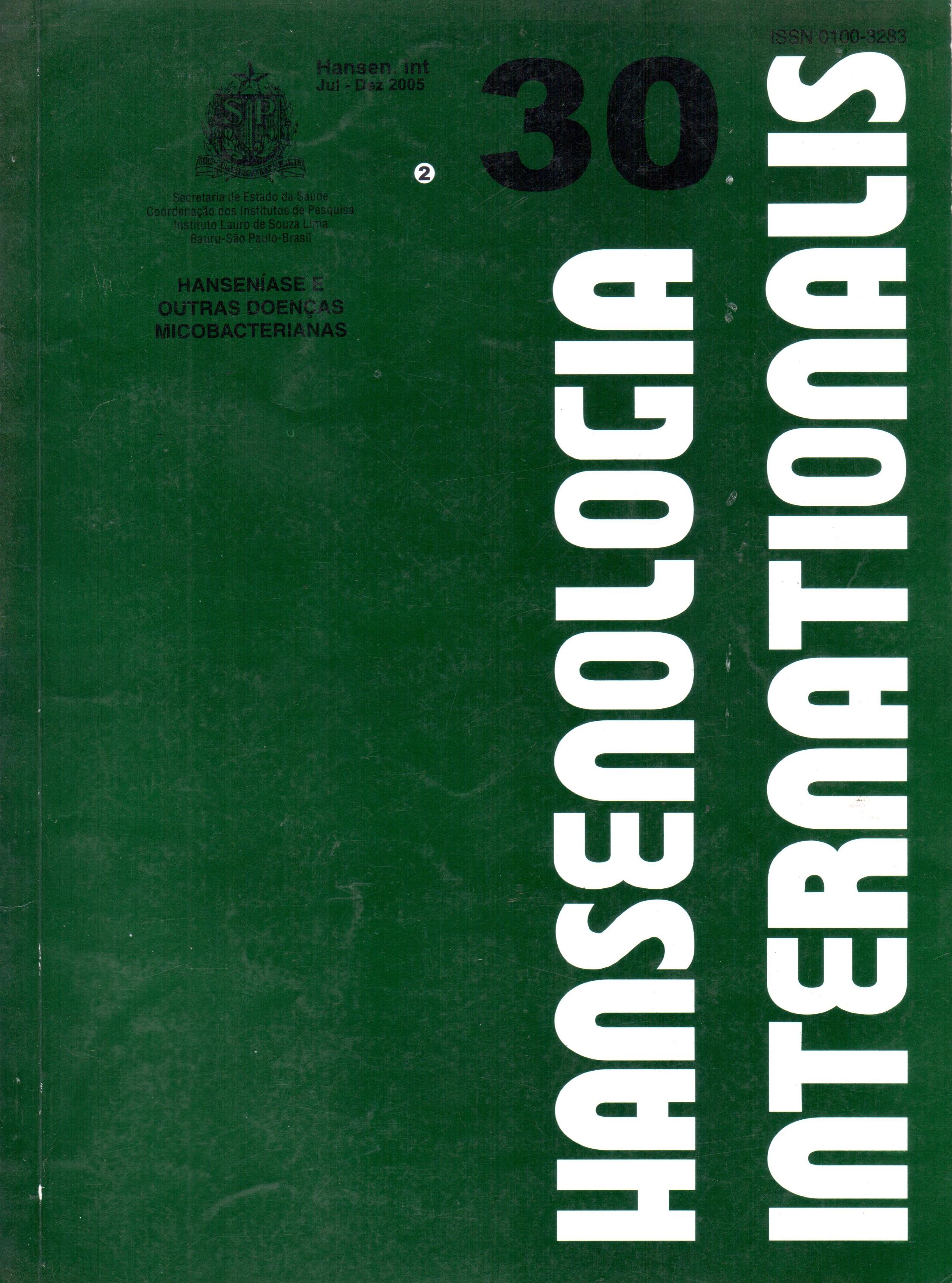Abstract
A 66 year old male complained of loss of sensation in the right toe during 10 years. Six months ago, he presented an erythematous plaque in the right arm, and a biopsy from this lesion showed multibacillary leprosy. Multidrugtherapy for multibacillary leprosy (MDT-MB) was begun, and after 15 days the plaque showed edema and erythema, with necrosis and ulceration. A crop of new erythematous and edematous lesions developed in the skin. A biopsy of one of these lesions showed a reactional tuberculoid leprosy pattern with baciloscopy 3+/6+ (fragmented bacilli). The appearance of the first plaque coincided with a recent diagnosis of diabetes mellitus. During the reactional episode, the patients presented malaise, fever and mild jaundice. The authors discuss the pathogenesis of these events and suggest a previous downgrading phase due the progressive bacillary proliferation with inhibition of cellular immunity by the capsular antigens produced by the solid and viable bacilli. The colonization of the cutaneous area where the new reactional lesions developed may have been previous to MDT treatment, without clinical manifestation. It is possible that the death and fragmentation of the solid bacilli (caused by MDT) exposed new antigenic
epitopes, wich stimulated the constitutional immunecellular response of the patient. The presence of high antigenic levels and effective immune response would produce a granulomatous tuberculoid reaction, highly destructive to the tissues.
References
2 Noordeen SK. The Epidemiology of Leprosy. In: Hastings, RC, editor. Leprosy. 2nd ed. New York:Churchill Livingstone; 1994. p.29-48.
3 Trindade MAB. Evolução histológica de reativações da hanseníase durante ou após o tratamento [Tese]. São Paulo: Escola Paulista de Medicina – UNIFESP; 1996.
4 Mehra V, Brennan PJ, Rada E, Convit J, Bloom BR. Lymphocyte suppression in leprosy induced by unique M. leprae glycolipid. Nature 1984;308:194-6.
5 Prasad HK, Mishra RS, Nath I. Phenolic glycolipid-1 of Mycobacterium leprae induces general suppression of in vitro concanavalin A responses unrelated to leprosy type. J Exp Med 1987;165:239-44.
6 Roitt I, Brostoff J, Male D. Imunidade às bactérias e aos fungos. In: Imunologia 5a ed. São Paulo: Manole; 1999. p. 229-42.
7 Silva CL, Faccioli LH, Foss NT. Suppression of human monocyte cytokine release by phenolic glycolipid-1 of Mycobacterium leprae. Int J Lepr 1993;61(1):107-8. 200 Hansenologia Internationalis
8 Ridley DS. Skin biopsy in leprosy. 2nd ed. Switzerland: CIBA-GEIGY; 1987.
9 Lastoria JC, Opromolla DVA, Fleury RN, Habermann F, Curi PR. Serial Mitsuda tests for identification of reactional tuberculoid and reactional borderline leprosy forms. Int J Lepr 1998;66(2):190-200.
10 Naafs B, Wheate HW. The time interval between the start of antileprosy treatment and the development of reactions in borderline patients. Lepr Rev 1978;49:153-7.
11 Souza Lima L, Souza Campos N. Leprides tuberculóides reacionais. In: Lepra tuberculóide: estudo clínico-histopatológico. São Paulo: Renascença; 1947. p.173-215.
12 Boddingius J. Mechanisms of peripheral nerve damage in Leprosy: electron and light microscopic studies in patients throughout the spectrum. Quaderni Coop San. Health Coop Papers 1982;1:65-85.
13 Mims CA. The pathogenesis of infectious diseases. 2nd ed. London:Academic Press; 1982.

This work is licensed under a Creative Commons Attribution 4.0 International License.
